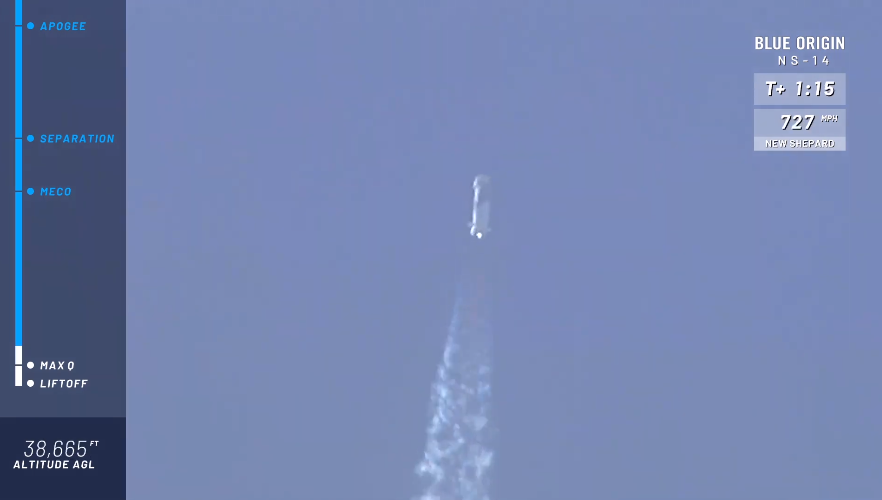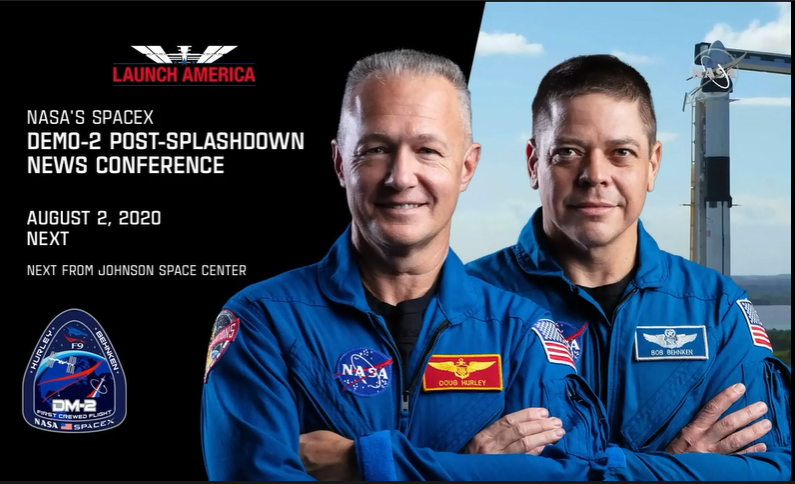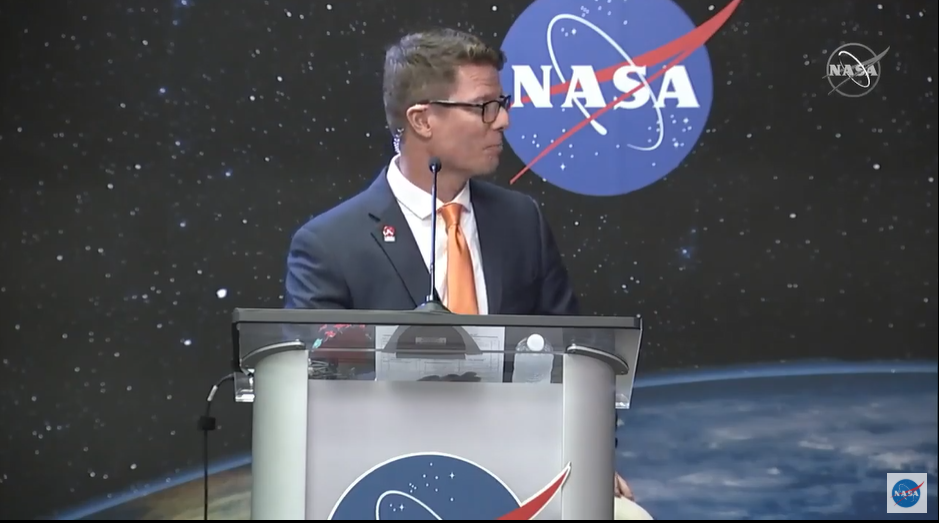
Lockheed is currently doing a webinar about the National Team's lander. Paul Anderson of Lockheed Martin commented, stating that the plan was to have a six-day Lunar mission, with "5-6 EVAs".
Lockheed has also donated an Ascent Element mockup to the @RocketCenterUSA.
Lockheed has also donated an Ascent Element mockup to the @RocketCenterUSA.
Anderson also comments about an advantage of the National Team's lander's staged design, due to the ability to abort at any time with the independent ascent element. Furthermore, Anderson states there is a lot of common tech between Orion and the ILV.
Lockheed has been moving rapidly with testing the ascent module, including a full docking test in a simulated space environment just 5 months after contract. The Ascent Element uses common docking code with Orion, with Charity Duke, HLS GNC lead, calling Orion a "great headstart"
Astronauts onboard the ILV will sleep in hammocks on the moon inside the AE. Lockheed has been conducting several "astronaut day-in-the-life" tests to see what life would be like on the ILV, using full mockups at Johnson Space Center.
The ILV has already had several simulated flight tests with crew, including ascent and descent tests. Duke states that it was the "heritage of the Orion vehicle that allowed us to move so quickly".
Joining now:
Charlie Duke, LM pilot Apollo 16
Fred Haise, LM pilot Apollo 13
Sandy Magnus, Shuttle astronaut STS-112, 135
Charlie Duke, LM pilot Apollo 16
Fred Haise, LM pilot Apollo 13
Sandy Magnus, Shuttle astronaut STS-112, 135
Charlie Duke: "I'm really excited about seeing this thing get airborne and touching down on the moon."
Fred Haise: "It's about time, it's been 50 years since we've been back. As far as the landing system, it struck me as an improvement in several ways. Considerably more volume."
Fred Haise: "It's about time, it's been 50 years since we've been back. As far as the landing system, it struck me as an improvement in several ways. Considerably more volume."
Sandy Magnus: "When I started high school in 1978, that was the first year NASA allowed women astronauts & that really struck me. When we land the first woman on the moon, the same will happen. This will be a spectacular moment with a very visible role model for young ladies."
Charlie Duke's comments on the HLS were summarized by Lockheed as "hot coffee and personal space" - an apt description of the improvements of the new HLS lander: Considerably more room, and much better quality of life onboard the spacecraft.
Also at this time: Blue Origin's New Shepard-14 mission is lifting off in a minute and 30 seconds:
Space Scout's question for the HLS team:
For anyone: What is the most important lesson learned from Apollo that has been implemented on the HLS? For the astronauts, what is the most impressive advancement on HLS compared to the Apollo lander?
For anyone: What is the most important lesson learned from Apollo that has been implemented on the HLS? For the astronauts, what is the most impressive advancement on HLS compared to the Apollo lander?
Other questions: "When the system is mature, how much cargo (volume/mass) can be left on the moon for future experiments/habitats?"
The 2023 opportunity will carry "about 100 kilograms of moon rocks back to Earth", and the descent element will be bringing 1,000 kg in 2023.
The 2023 opportunity will carry "about 100 kilograms of moon rocks back to Earth", and the descent element will be bringing 1,000 kg in 2023.
Payloads can be attached to the upper deck of the descent element, the legs, and several other locations. Blue's specialized cargo lander can also bring 10,000 kg to the surface, and the descent element can become a fuel depot and can have its fuel (LH2/LOX) mined from the moon.
Other question: "What advice would you give to future astronauts?"
Sandy: "Follow your passion, get a good solid education, STEM, become a well-rounded person."
Charlie: "Sandy's right on. Get a degree in something you like, follow your passion."
Sandy: "Follow your passion, get a good solid education, STEM, become a well-rounded person."
Charlie: "Sandy's right on. Get a degree in something you like, follow your passion."
Meeting now coming to a close (our question did not get accepted).
"We're excited about going to the moon, and most importantly, *to stay*."
"We're excited about going to the moon, and most importantly, *to stay*."
• • •
Missing some Tweet in this thread? You can try to
force a refresh










